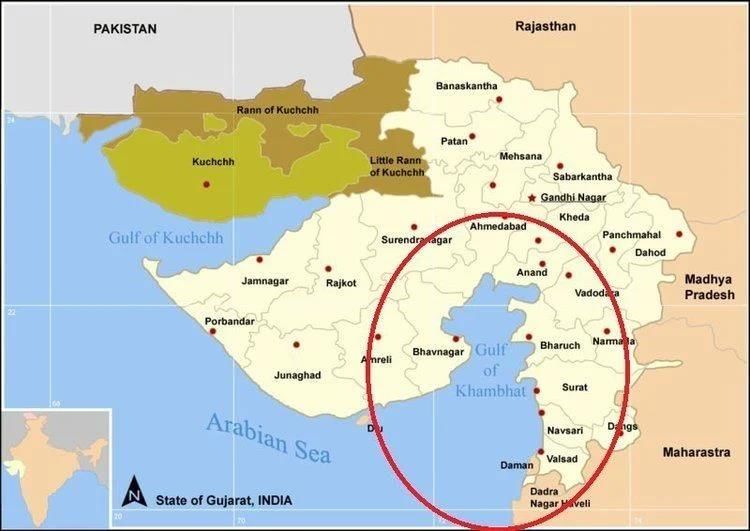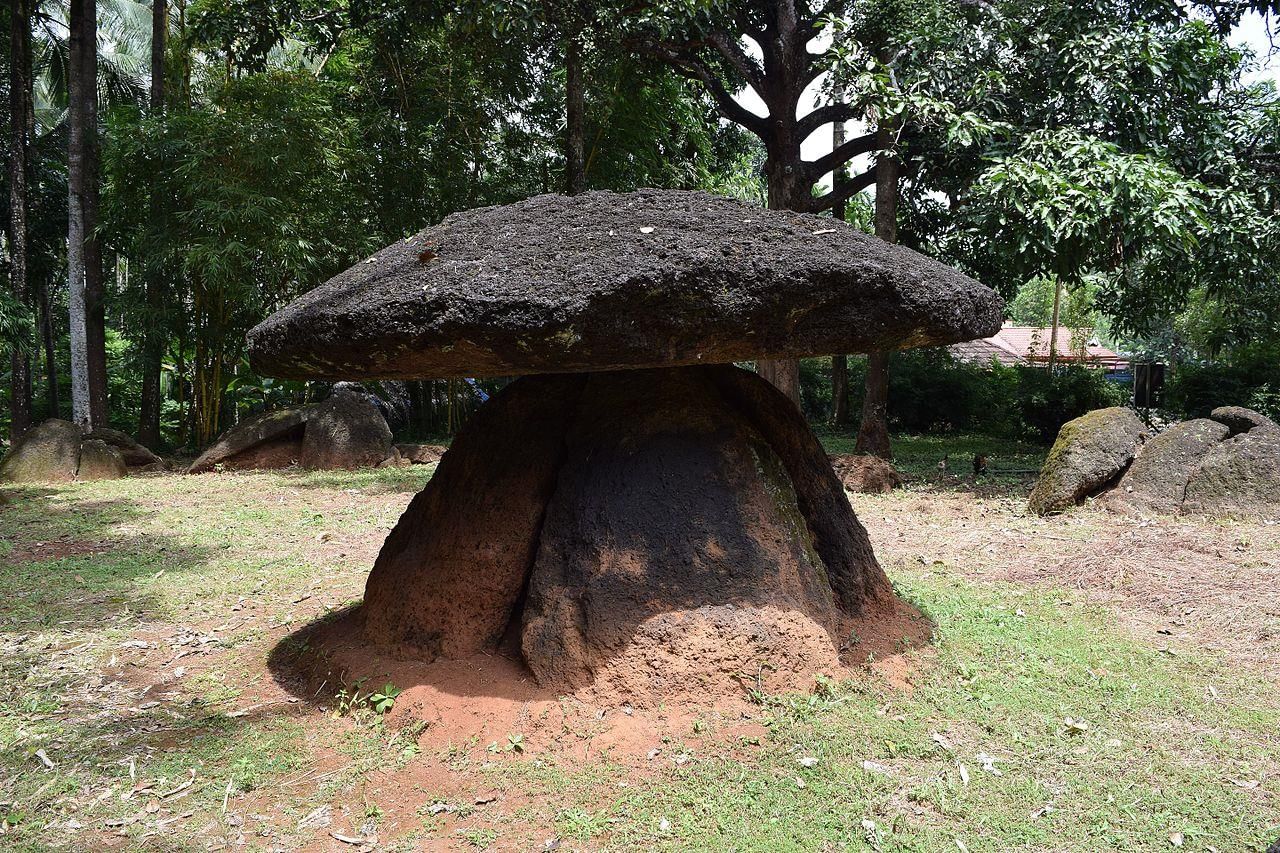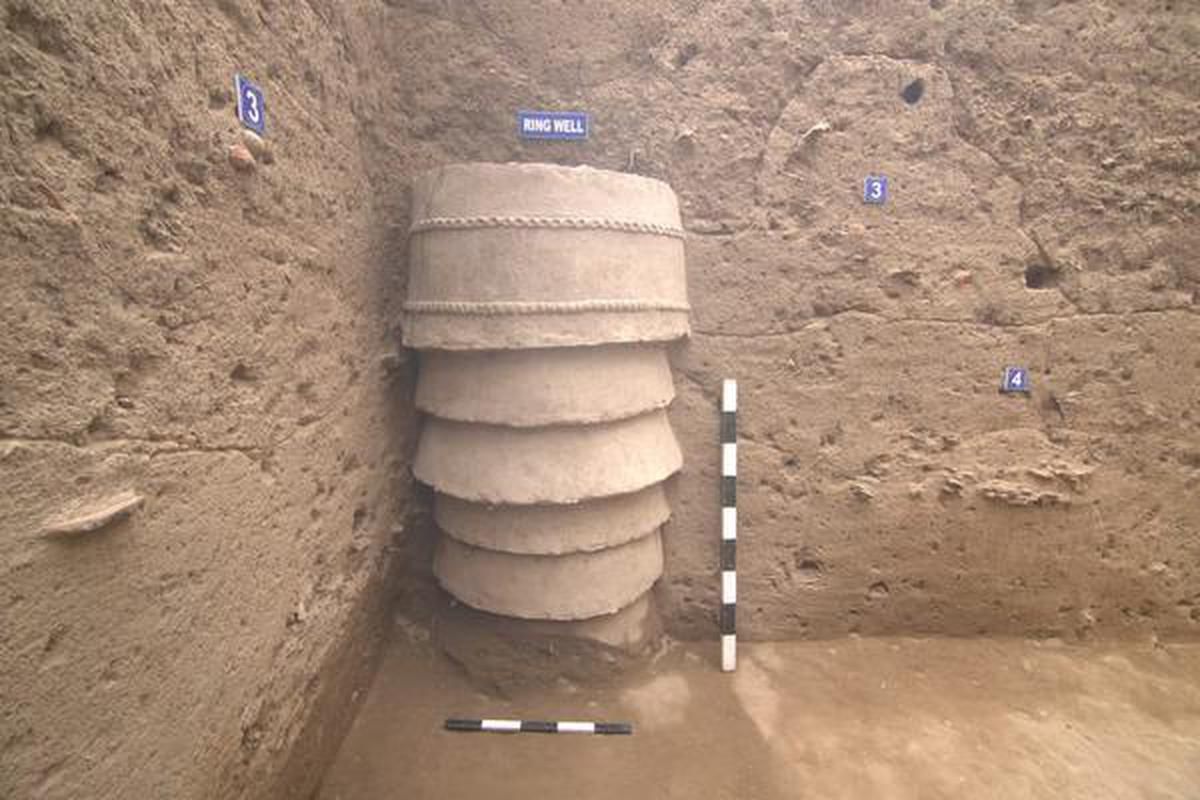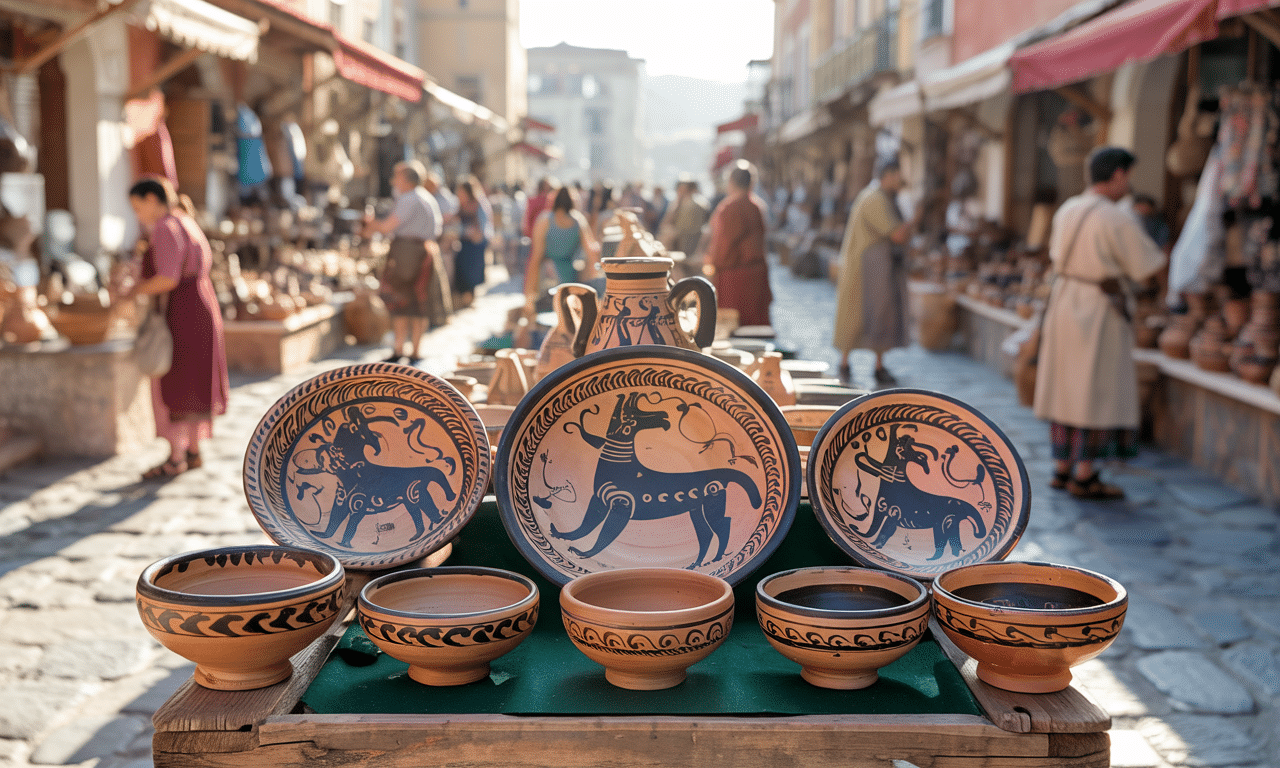Class 6 History Chapter 8 Question Answers - Vital Villages, Thriving Towns
Q1: What do you mean by Arretine Ware?
Ans : These wares are the typical of Roman Empire. This proves that Arikamedu had good relations with the Roman traders.
Q2: Name the north Indian town that was situated on the cross roads of two major trade routes.
Ans : Mathura
Q3: Name the port described by Greek sailor for having narrow gulf.
Ans : Barygaza
Q4: Where was Barygaza located?
Ans : Barygaza was located on gulf of Khambhat on the western coast of India.
Q5: State the number of occupations taken up by the young man of the Jataka story.
Ans : Three
Q6: Name the place where a massive brick structure, which may have been a warehouse and pottery from the Mediterranean region have been found.
Ans : Arikamedu
Q7: In northern India, a village headman was known as ___________.
Ans : Gram bhojaka
Q8: Village headmen had large number of duties assigned to him. True/False
Ans : True
Q9: Who were Vellalar?
Ans : In Tamil region, large land owners were known as vellalar.
Q10: Where the largest collection of iron tools and weapons is found?
Ans : Megalithic burials.
Q11: Who was the village headman?
Ans : Grama bhojaka
Q12: What was the old name for Pondicherry?
Ans : Arikamedu
Q13: Name the place where the Sangam texts were composed?
Ans : Madurai
Q14: Name the materials used to make tools like Sickle, tongs and axe.
Ans : Iron
Q15: Capital of Kushanas kings, popular for the worship of Lord Krishna was _________.
Ans : Mathura
Q16: What was the meaning of the term Jatakas?
Ans : Stories
Q17: Jatakas means stories which were composed by ordinary people. True/False
Ans : True
Q18: Why the earliest coins were called 'punch marked coins'?
Ans : Because the designs were punched in to the metal.
Q19: Of what materials the metal of the coins was made?
Ans : Silver or copper
Q20: Mathura became the second capital of _________.
Ans : Kushanas
Q21: What were Shren is?
Ans : The associations formed by crafts persons and merchants.
Q22: What were the roles performed by grama bhojaka?
Ans : Grama bhojaka performed the roles of tax collector, policeman and judge.
Q23: Who were Grihapatis?
Ans : Independent farmers
Q24: Who were Dasa karmakara?
Ans : Dasa karmakara were landless people who earned their living by working on the fields owned by others.
Q25: Define Sangam Literature.
Ans : The earliest work in Tamil.
Q26: Jatakas stories are the part of ________ literature.
Ans : Buddhist
Q27: Jatakas stories were preserved by the Buddhist monks as narrations of Buddhas previous lives. True/False
Ans : True
Q28: What was the most probable use of the ring wells?
Ans : As drains
Q29: What was the Greek name of port of Bharuch?
Ans : Barygaza
Q30: Name some sites where 'Northern Black Polished Ware' has been found.
Ans : Mahasthan, Chandraketugarh, Bangarh, etc.
Q31: The 'Northern Black Polished Ware' is generally found in the ________ part of the subcontinent.
Ans : Northern
Q32: Name an important coastal town.
Ans : Arikamedu
Q33: What was the main function of the shrenis?
Ans : To provide training, procure raw material and distribute the finished product.
Q34: Varanasi and Madurai were the famous centres for the manufacture of paper. True/False
Ans : False
Q35: Northern black polished ware is a type of _____.
Ans : Pottery Ancient Trade Pottery
Ancient Trade Pottery
Q36: Who performed the function of a judge or a policeman in the villages of northern India?
Ans : Grama bhojaka
Q37: From the site of Arikamedu, the archaeologists discovered a ____________.
Ans : Warehouse
Q38: Where is Arikamedu located?
Ans : Arikamedu is located south of Pondicherry.
Q39: What was the other name of stamped red glazed pottery?
Ans : Arretine ware
Q40: How Arretine ware vessels were often made?
Ans : Arretine ware vessels were often made from moulds in order to imitate more expensive metal items. Arretine Pottery
Arretine Pottery
Q41: The association of the craftsmen and the merchants was called______________.
Ans : Shrenis
Q42: Who were uzhavar?
Ans : In the Tamil areas, ordinary ploughmen were uzhavar.
Q43: Who were Grihapati?
Ans : The Grihapatis were owners of small tracts of land.
Q44: Who were Kadaisiyar?
Ans : Landless people in the Tamil region.
Q45: Name the capital of Augustus.
Ans : Rome
Q46: Which was the first civilization in real sense in Europe?
Ans : Roman civilization
Q47: A sailor who has described all the ports he visited belongs to ___________.
Ans : Greek
Q48: Who wrote "Periplus of the Erythrean Sea"?
Ans : Greek traveller
Q49: "Rome a city of bricks made it into a city of marble" was said this?
Ans : Augustus
Q50: In Madhya Pradesh, a famous Ashoka Stupa is located at Sanchi. True/False
Ans : True
FAQs on Class 6 History Chapter 8 Question Answers - Vital Villages, Thriving Towns
| 1. How did trade impact villages and towns during ancient times? |  |
| 2. What were some of the common items traded in villages and towns in ancient times? |  |
| 3. How did the geographical location of a village or town affect its trade relations in ancient times? |  |
| 4. How did the development of markets and fairs impact the economy of villages and towns in ancient times? |  |
| 5. What role did craftsmen and artisans play in the trade activities of villages and towns during ancient times? |  |






















